In the digital age, delivering personalized experiences has become the holy grail for businesses. From emails that address you by your first name to ads that eerily know your shopping preferences, the art of personalization is no longer just an added touch — it’s an expectation. The secret weapon behind this phenomenon? Identity graphs. Let’s delve into how they work and why they matter for modern advertising.
Understanding identity graphs
As an advertiser, you can often find yourself overwhelmed, trying to make sense of customer interactions scattered across various platforms and screens. But the power of an identity graph can make sense of it all.
An identity graph is like a digital Rolodex, but incredibly smarter. It is an online database that meticulously stores identifiers tied to individual customers and prospects, providing businesses with a 360-degree view of their audiences across diverse channels.
How identity graphs work
Step 1: Collecting identifiers
The journey begins by accessing a treasure trove of identifiers.
From email addresses, phone numbers, device IDs, and browsing history, an identity graph leaves no stone unturned.
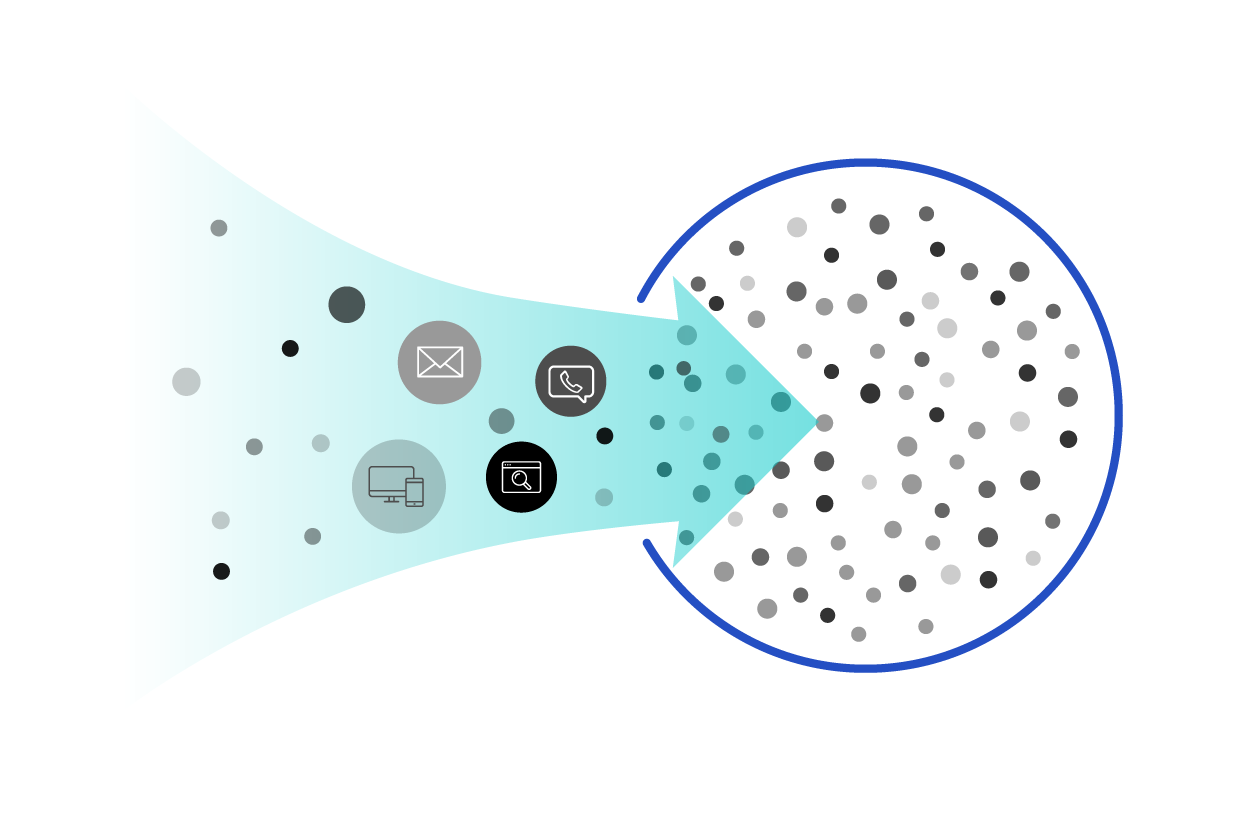
Step 2: Identity resolution
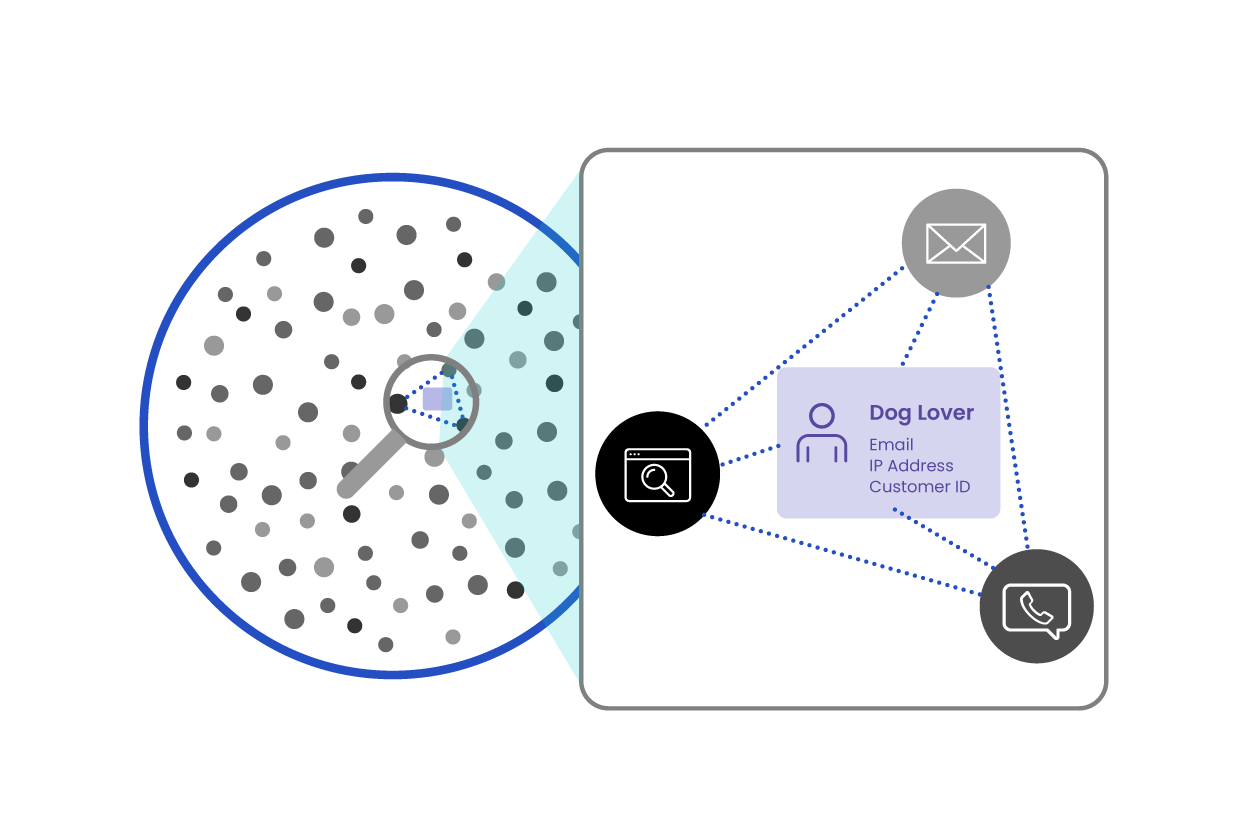
Next, it’s time to play detective with identity resolution.
This process meticulously matches and links customer records from varied sources, creating a coherent and unified customer profile.
Step 3: Graph databases
Powering these identity graphs are the robust graph databases.
Specially designed to handle complex relationships between billions of identities, these databases are nothing short of technological marvels.
When combined with identity resolution (Step 2), identity graphs can yield high match rates on consumer data.
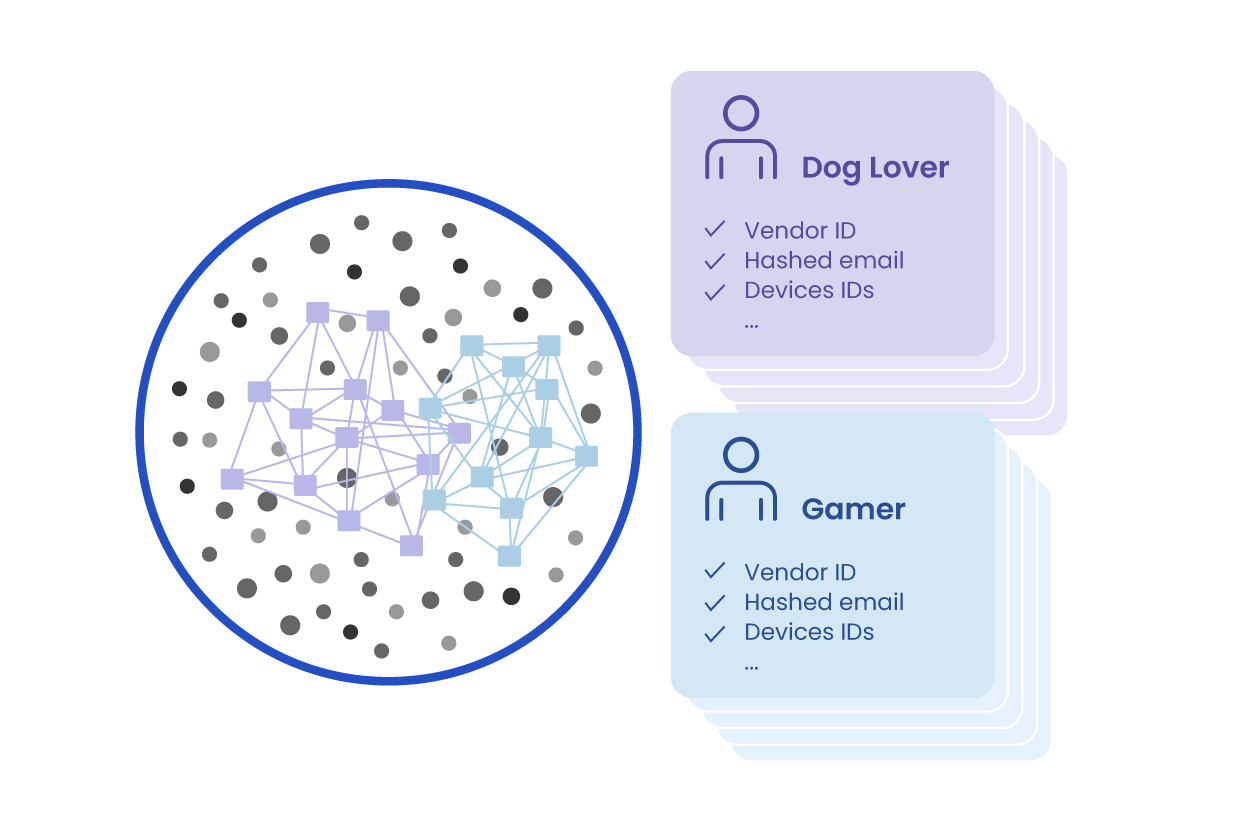
Step 4: Real-time updates
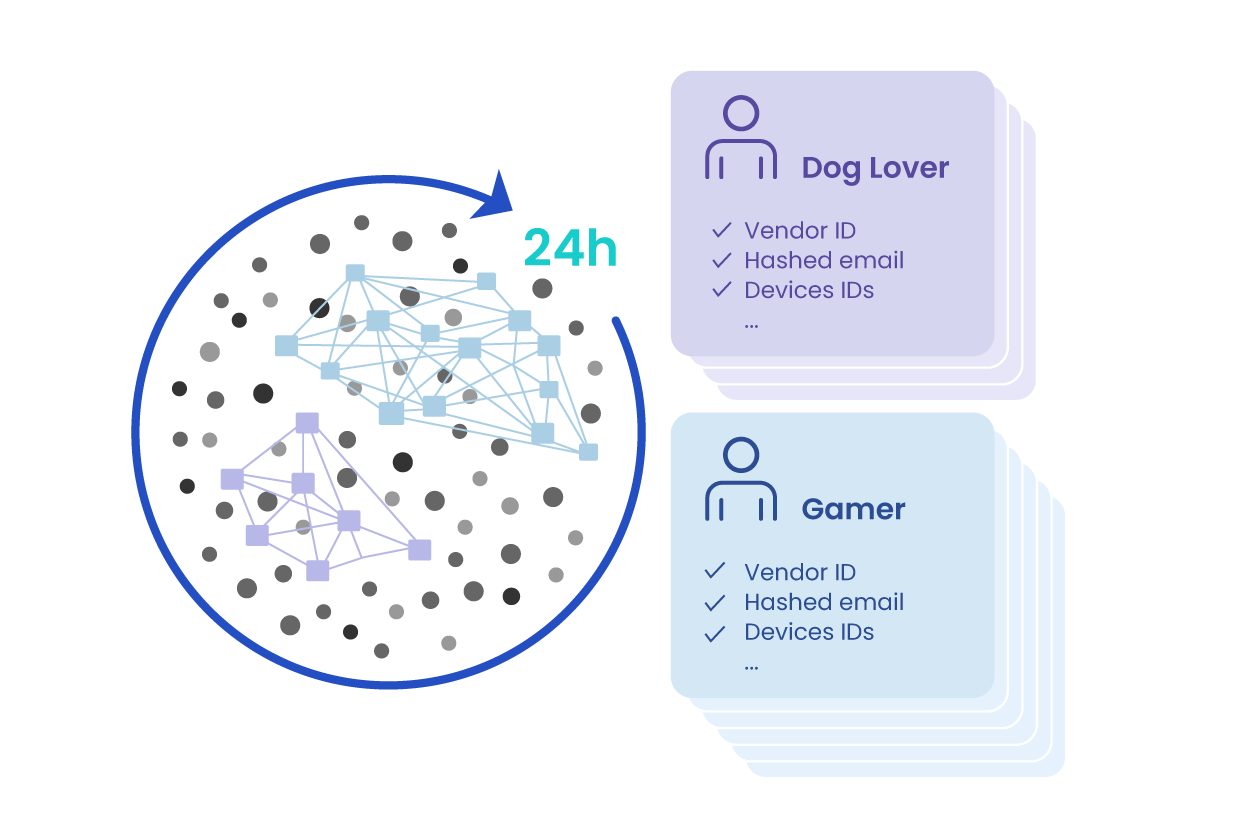
In our fast-paced world, data isn’t helpful unless it’s accurate.
Businesses need to use data that hasn’t gone stale.
Identity graphs ensure businesses have the freshest view of their customers by updating in real-time.
Step 5: Personalization and targeting
Finally, the pièce de résistance: Personalization.
Businesses can leverage the data from identity graphs to tailor advertisements, content, and experiences, even crafting audiences based on similar preferences, including sequential multi-screen storytelling.
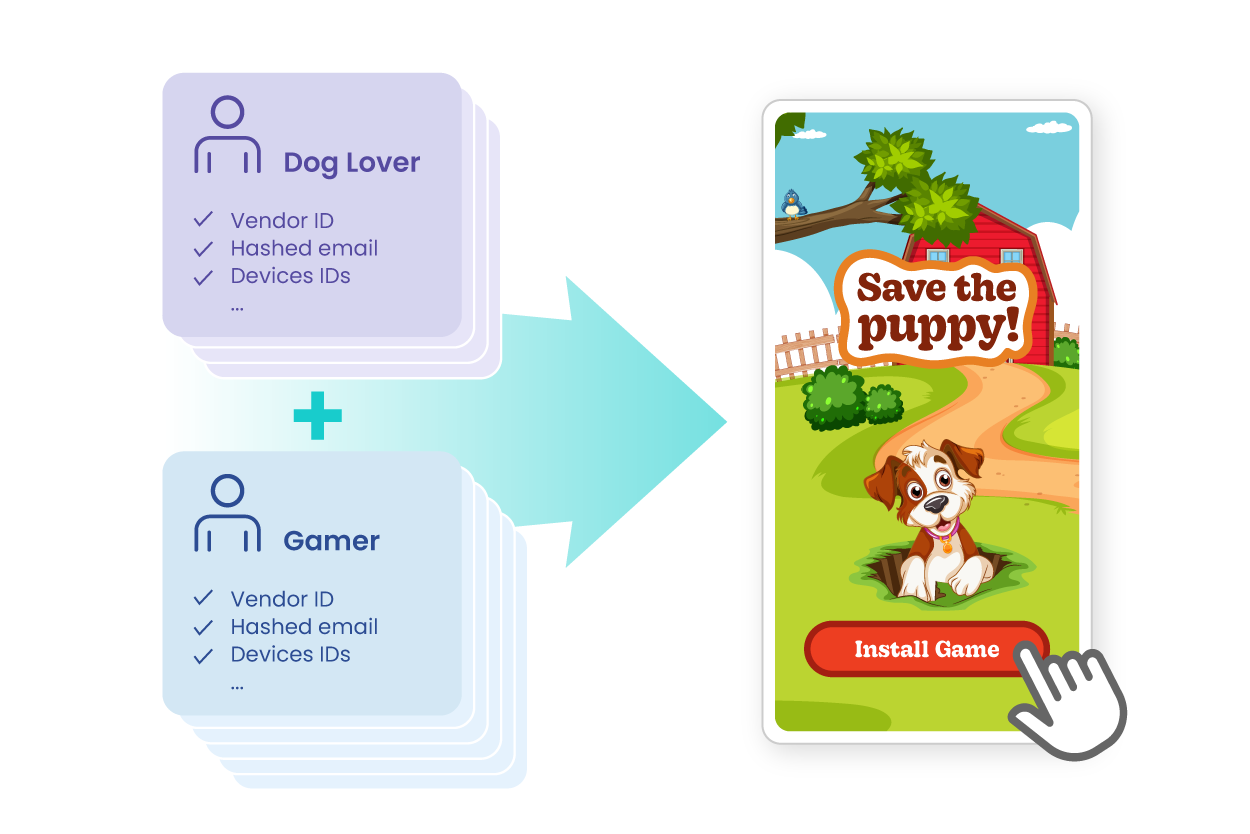
Using identity graphs: 3 tips
Incorporate identity graphs into your marketing strategy to deliver unmatched personalized experiences.
This might enable you to reach your dream consumer at a better moment on a different screen or platform and do it cheaper than how you are doing it today.
Keep your identity graph updated in real time for precise customer profiling.
For example, device IDs that are 5 years old will not be as relevant as a new iPhone just purchased.
Ensure you are privacy-compliant and future-proofed as identity regulations change.
Privacy compliance for data vendors is critical and ever-evolving.
Recap
From collecting a plethora of identifiers to delivering surgically precise personalized content, identity graphs are quietly revolutionizing customer engagement strategies.
In a world brimming with data, personalized customer experiences have shifted from being a competitive edge to an absolute necessity. If you’re looking for more information about using data in the future, check out our guide Identity: Decoded – A Guide to Navigate the Identity Discussion.
In short, identity graphs extend customer reach, allowing for a higher ROAS, if implemented properly and with rich and fresh data at scale in a privacy-compliant way.
Citations: RichPanel, Hubspot, AWS (Amazon Web Services), Hightouch, The Trade Desk, LiveIntent





